Clasp prosthesis with locks
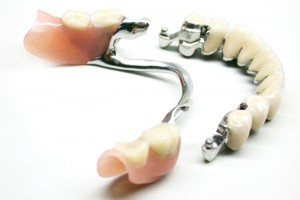
Clasp prosthetics is a type of removable dental prosthetics.
By the method of fastening clasp structures are of two types: with hooks (clasps) and locks (attachments).
The most popular today are clasp lock prostheses.
In dentistry, hard, hinged and rotary locks are distinguished, the use of which depends on the location of defects in the dentition.
Clasp of the clasp prosthesis:
- The patricia is connected to the clasp structure.
- The matrix of the lock is attached to the abutment or to an artificial crown.
To close the lock, you need to insert one part of it into another, while the prosthesis will be firmly fixed. There are locks that are fixed to the tooth enamel using a composite, but such a mount is not reliable and durable.
Clasp prosthesis on locks is more aesthetically pleasing than constructions with clasps, since on the front surface teeth missing metal hooks. The design on the locks is attached to the teeth, or to the dental crowns.
The bridge during chewing transfers pressure to the abutment teeth. To protect them, crowns with locks are worn.
They allow you to remove the bridge for hygienic treatment of the structure or for its repair. If the structure breaks down, it is possible to easily eliminate the malfunction of both the prosthesis itself and the elements of the lock.
Clasp prosthesis with lockhas advantages over other types of dental prosthetics:
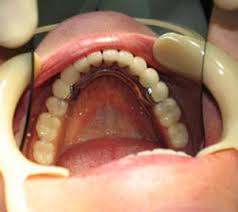
- The frame is made of lightweight biocompatible material.
- It is convenient in leaving.
- Lack of discomfort during use.
- There are no problems with diction.
- Uniform load distribution on the jaw.
- High aesthetics and compact design.
- Locks provide a sufficiently high structural strength.
Before deciding to install a clasp lock prosthesis, it is necessary to take into account its disadvantages:
- The cost of clasp prostheses on locks is higher than constructions with clasps.
- Plastic locks approximately every two years require replacement.
- Repair of some types of locks is not possible.
- The installation of locks requires turning and tooth removal.
Indications
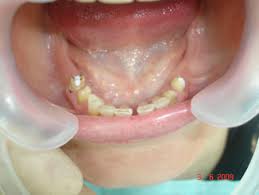
- Partial lack of teeth.
- Defects in the dentition, both end and included.
- Violation of chewing function and diction due to the absence of one or more teeth.
- Lack of aesthetics.
- Increased tooth abrasion.
- Splinting for periodontal diseases.
- Atrophy of the alveolar processes, if it is impossible to use a laminar prosthesis.
- Pronounced maxillary tubercles.
- Flat sky
- Diabetes.
- Blood diseases, which are expressed in a decrease in the resistance of capillaries of the mucous membrane of the gums.
- Inability to install a permanent structure.
- Bruxism (gnashing of teeth).
- Malocclusion.
The use of structures on locks is not possible in the following cases:
- The presence of defects in the tissues of the supporting teeth and with periodontal lesions.
- Low tooth crowns of the patient’s teeth.
- Placement of locks on fangs and incisors is difficult due to the small size of the lingual - buccal gap.
Video: "Clasp prostheses"
Questions and answers
When choosing a removable denture, it is very important to consider the pros and cons of the design. Choosing a design and fixing method removable prosthesis, it is necessary to take into account the presence of indications. An important role is played by the state of the dentition.
Answers to frequently asked questions will help determine the choice of a denture.
- Question: How many times a day do I have to remove clasp dentures?
Answer: It is necessary to remove the prosthesis in the morning and evening to perform hygiene procedures.
- Question: What is the service life of the clasp prosthesis on the locks?
Answer: The design service life is from five or more years. Much depends on the proper operation of the prosthesis.
- Question: Do crowns put on supporting teeth if the clasp structure is not on locks, but on clasps?
Answer: If the supporting teeth are in a healthy state, then their grinding is not required, because crowns are not needed.
- Question: If you do not put crowns on the abutment teeth with clasp prosthetics, will the teeth for which the structure is fixed be loosened?
Answer: When using clasp prostheses, the pressure is evenly distributed between the jaw bones and the abutment teeth, so the teeth do not loosen. Sometimes for medicinal purposes with loose teeth, it is recommended to use a clasp design.
- Question: In what cases is the clasp prosthesis not locked?
Answer: The main requirement for the installation of the structure is the presence of abutment teeth for fixing the prosthesis to them.
- Question: Is it necessary to use specially designed cleaning agents when caring for the clasp structure?
Answer: Care for the prosthesis is the most common. To clean, just use a regular toothbrush with paste. It is not necessary to remove the structure at night either.
Price
Clasp prostheses with locks, despite the fact that price they are quite high, are one of the most popular types of prosthetics with removable structures.
Castle prostheses cost an order of magnitude more expensive than constructions with clasps, because in this case, the price includes the cost of ceramic-metal crowns and locks.
| Type of clasp prosthesis | Price in rubles |
| Lock design with four crowns | 51000 |
| One-sided design with two crowns and locks | 36000 |
| Splint clasp | 21000 |
| Simple construction | 16000 |
| Sophisticated Clasp Design | 21000 |
| Clasp prosthesis on the upper or lower jaw with clasps | 31000 |
| One-jaw prosthesis with locks | 50000 |
Before and after photos
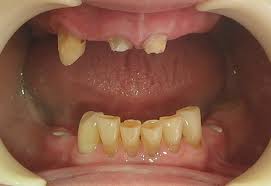 |
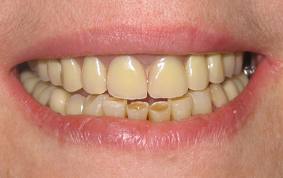 |
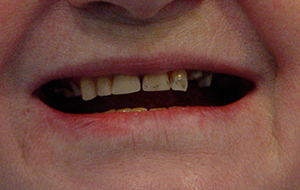 |
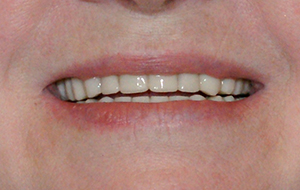 |
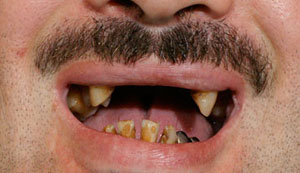 |
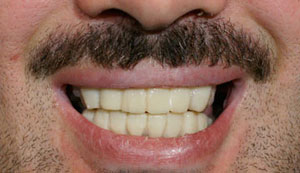 |